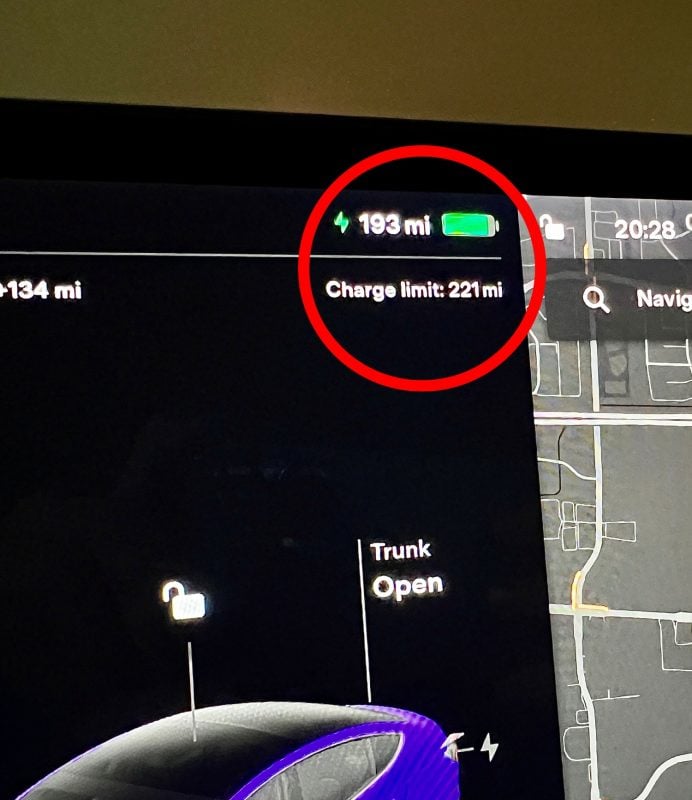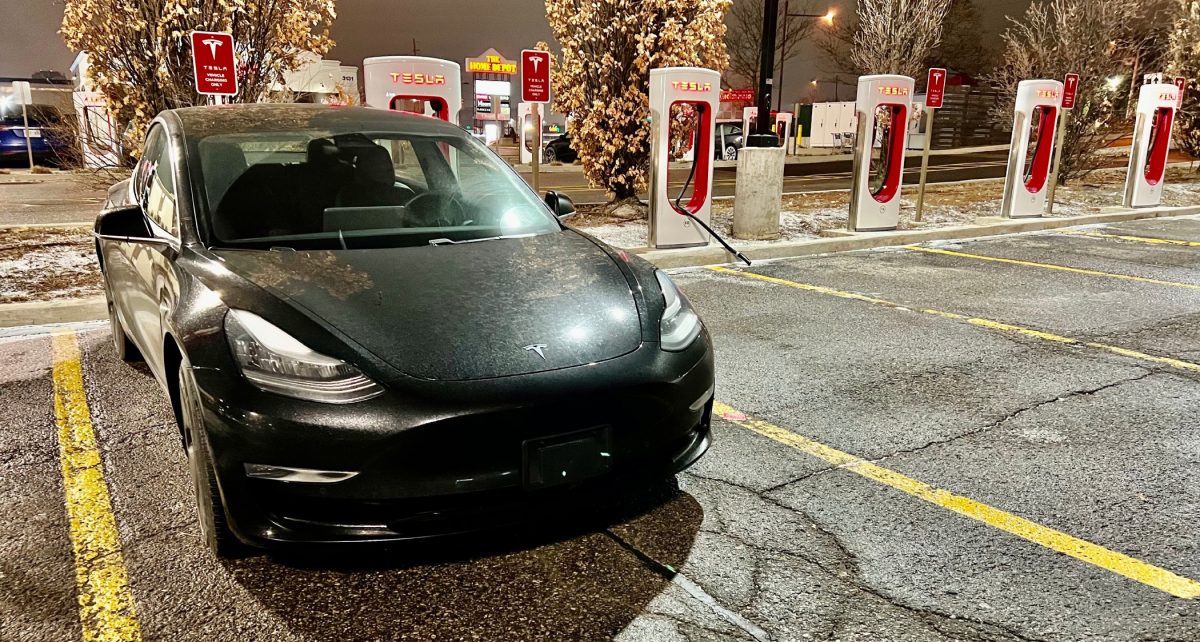Level 3 DC fast charging (and Supercharging) brings an EV up to full charge in minutes, instead of hours. This is very convenient for road trips, but pumping this much energy into a battery so quickly generates heat and extra wear and tear on the battery chemistry.
We have heard the recommendations from manufacturers to rely on slower Level 2 charging for daily top-ups and leave Level 3 Supercharging for only occasional road trip usage. But what happens when an EV is almost exclusively fast-charged on Level 3? How much battery degradation can you expect?
To find out, we examined a 3.5-year-old Tesla Model 3 with 33,300 miles on the odometer. This car serves on Tesla’s Service loaner fleet. Being a loaner car, it has free unlimited Supercharging for customers. In addition, the Tesla service location has a Supercharger on site. So we can fairly reliably assume that this vehicle was DC fast-charged for most of its life.
How much did the Model 3 battery degrade after 30K miles of Supercharging?
This specific 2019 Model 3 Standard Range has a single motor on the rear axle and a 54 kWh battery. This model was supposed to have 240 miles at 100% when new. Now, four years later, the battery screen indicates a maximum range of 221 miles at 100%. This represents a loss of 8% of the battery range in 3.5 years and 33k miles. While not extreme, it is more range loss than an average Model 3 should have at this mileage, considering that Tesla’s fleet data shows an average of 10% range loss at 200k miles. Supercharging frequently will add more stress on the battery chemistry.
How can you avoid early degradation?
Leave Level 3 charging only when necessary on road trips if possible. Not only does it strain your battery more, but it is also more expensive than charging at home. Install a Level 2 (240v) charger at home, if your garage permits. Remember that many shopping and office building parking garages offer public Level 2 EV chargers too.

What if you have no other choice other than Level 3 Charging?
A slightly more degraded EV battery is not a dead battery. Modern EVs have sophisticated battery management systems (BMS) to handle charging/discharging and thermals. Manufacturers have generous warranties on the electric drivetrains that rival gasoline combustion car warranties. As a driver, you can do everything against the best practices of EV battery care, and the car will still be functional or covered by warranty. Note though, that a car that is almost exclusively DC charged may throttle down charging speeds in the long run for protection against excessive heat cycles.
Related
- Should You Worry About EV Battery Degradation?
- PSA: Battery Preconditioning is a MUST Before DC Charging in the Cold

